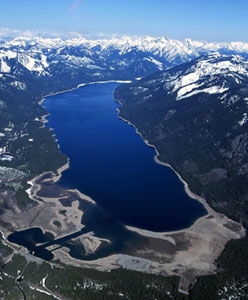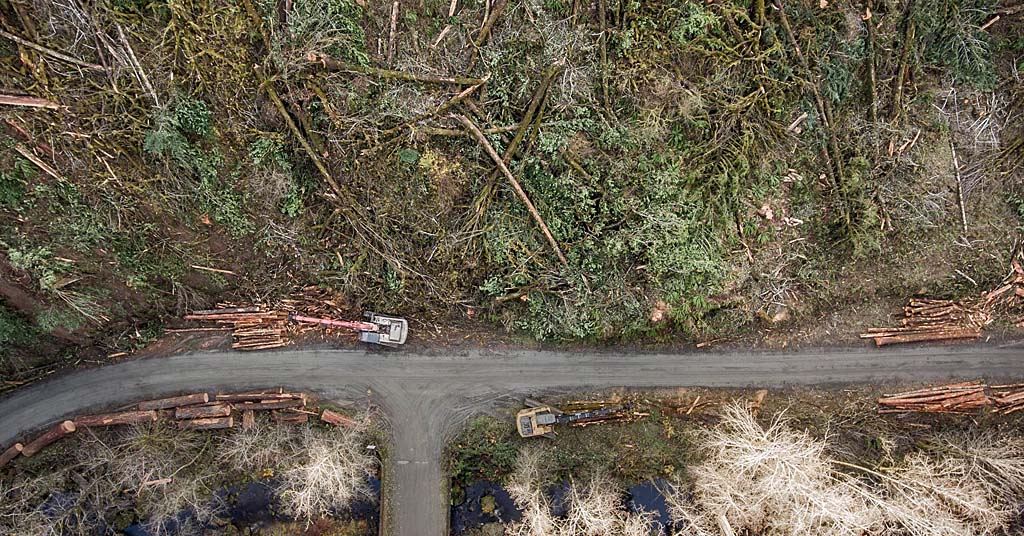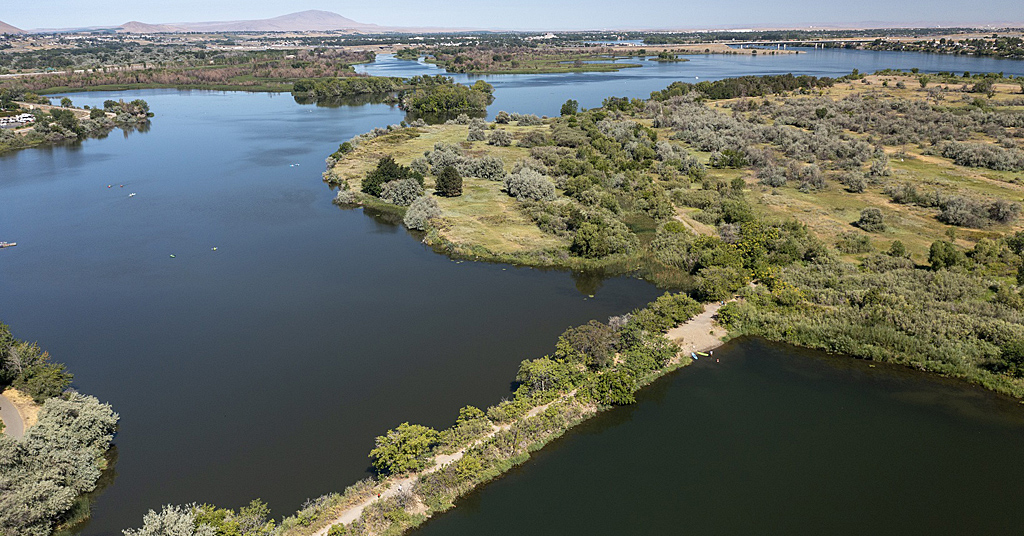By Dac Collins. Feb. 21, 2019. Recognizing the need for drought relief, climate adaptation and ecosystem restoration within the Yakima Basin, the U.S. House of Representatives and the U.S. Senate are working together to move the Yakima Basin Integrated Plan forward.
On Feb. 7, Washington Reps. Dan Newhouse and Kim Schrier introduced H.R. 1048, authorizing the Plan’s Initial Development Phase. And on Feb. 12, the Senate passed the the Natural Resources Management Act (S. 47) by a vote of 92-8, which supports the implementation of the Integrated Plan and its comprehensive water supply, fishery restoration and lands management agenda.
The Yakima Basin Integrated Plan is a collaborative effort between the City of Yakima, the Confederated Tribes and Bands of the Yakama Nation, State and Federal agencies, irrigation districts, and environmental groups such as the Mid-Columbia Fisheries Enhancement Group. The 30-year plan incorporates a number of restoration and conservation projects aimed at benefitting fish and farmers within the Yakima Basin. It focuses on seven key elements: water conservation, irrigation infrastructure, fish passage, fish habitat, surface water storage, ground water storage, and the implementation of market-based water reallocation strategies (also known as water banks).
“Salmon, steelhead and bull trout in the Yakima Basin were nearly wiped out due to the way we historically managed water,” says Wendy McDermott of American Rivers. “But with the Yakima Basin Integrated Plan, there is a real future for these iconic fish in the Yakima.”
And Scott Revell, manager of Roza Irrigation District, says the Plan “provides a path for our irrigation districts to make it through drought and low snowpack years.”
One of the big-ticket items included in the Initial Development Phase is a major water storage project on Lake Kachess.
The project involves the construction of the Kachess Drought Relief Pumping Plant, which would provide an additional 200,000 acre feet of water to irrigators in the Yakima Valley when they need it most. The Plant would only operate during a state-declared drought, at which time it would pump water from the lake into the Yakima River. The project would also include the installation of a four-mile tunnel that would move water between Lake Keechelus and Lake Kachess.

Lake Kachess. Photo courtesy of U.S. Bureau of Reclamation
Opponents to the project — some of whom own land on Lake Kachess — say it is one-sided and favors irrigators at the expense of those living in upper Kittitas County.
“There’s zero benefit to Upper County,” Bill Campbell told the Yakima Herald last May. Campbell has been living on the lake for over a decade.
“Every cost, every damage, every negative impact occurs in Upper County,” he continued. “Every benefit occurs in Roza.”
Those downstream beneficiaries, however, argue that they deserve some level of drought protection, especially as the effects of climate change have become more apparent in recent years.
The 2015 drought, for example, forced the Roza Irrigation District to shut off water for two weeks in May, devastating crop yields. Apple growers within the district reported average economic losses of over $3 thousand an acre, while cherry growers reported losses closer to $1,300 an acre. And from a statewide perspective, a report from the Washington Department of Agriculture estimated that Washington farmers suffered between $633 and $773 million in economic losses that summer.
Rep. Newhouse, Senator Cantwell and other proponents of the Plan see it as a way to protect the Yakima Valley’s $3.5 billion agricultural industry from future droughts and the detrimental effects of climate change.
“The [initial development] phase of the Yakima Basin Integrated Plan is critical for the current needs and future growth of one of the richest agricultural regions in the West,” says the Congressman from Sunnyside, Wash.










